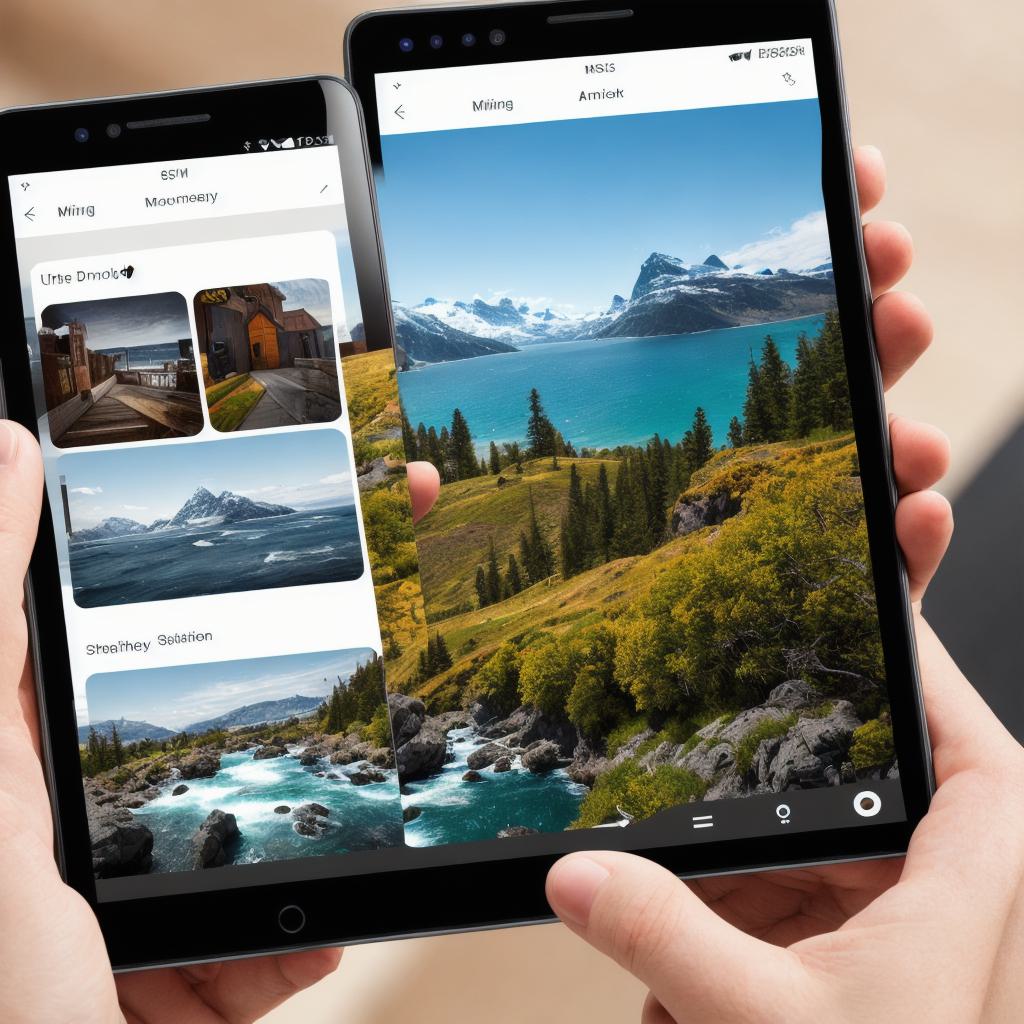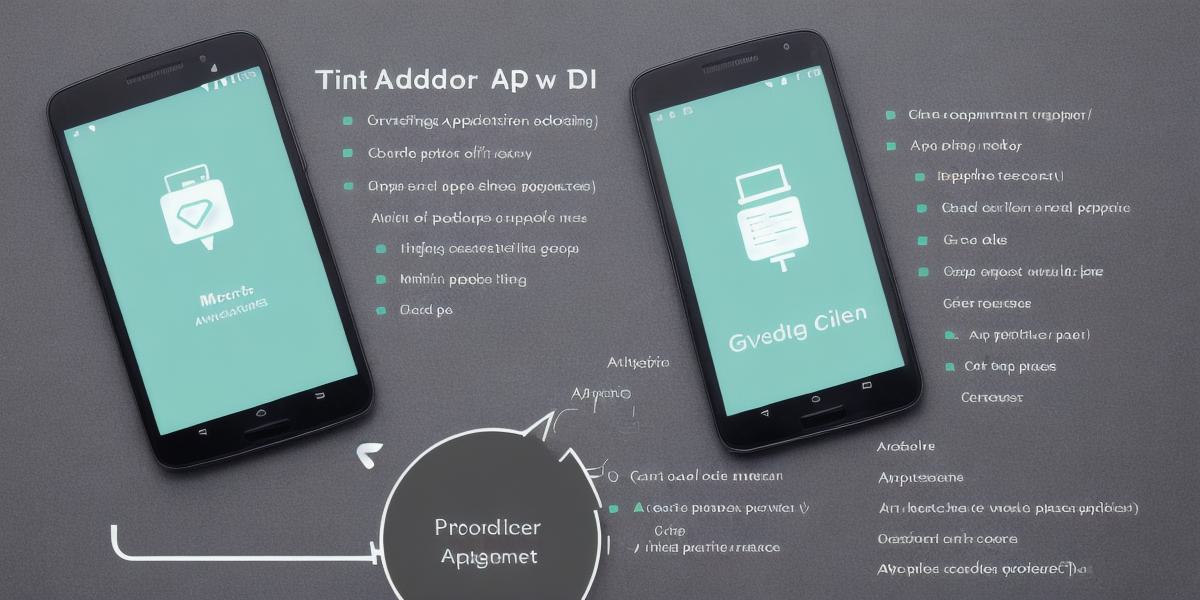Are you a software developer looking to build an app for the Android platform? In this guide, we’ll explore the key differences between Android development and iOS app development.
Introduction
Android is the world’s most popular mobile operating system, with over 2.7 billion active devices running on it as of 2021. This means that there is a huge potential market for apps on the platform. However, there are some key differences between Android development and iOS app development that you need to be aware of before diving into development.
Differences in Development Technologies
Android development typically uses Java or Kotlin as its primary programming language, while iOS development relies on Swift and Objective-C. This means that if you’re a developer who specializes in one language, you may need to learn another language to work with Android.
Another key difference is the development frameworks used for each platform. Android uses the Android Studio Integrated Development Environment (IDE), while iOS uses Xcode. These IDEs come with their own set of features and tools, which can affect your development experience.
In terms of development libraries, there are some differences as well. For example, iOS has a more advanced framework for working with 3D graphics called SceneKit, while Android has OpenGL ES.
Differences in User Experience
One of the biggest differences between Android and iOS is the user experience. iOS is known for its sleek and intuitive design, while Android can be customized to a greater extent by users. This means that iOS apps typically have a more consistent look and feel across devices, while Android apps can vary greatly depending on the device and settings used.
Another key difference is the way apps are distributed. Android apps can be downloaded from the Google Play Store or directly from the developer’s website, while iOS apps must be approved by Apple before they can be released to the public. This means that there may be more red tape involved in releasing an app on the iOS platform.
Differences in Market Share
Finally, it’s worth noting that Android has a much larger market share than iOS. As mentioned earlier, there are over 2.7 billion active Android devices as of 2021, compared to around 1.6 billion for iOS. This means that there is a potentially larger audience for your app if you choose to develop for Android.
Summary
In conclusion, while both Android and iOS development have their own unique challenges and opportunities, the choice between the two will ultimately depend on your personal preferences and goals as a developer. If you’re looking to build an app for the largest possible audience, Android may be the way to go. However, if you’re looking for a more streamlined and consistent user experience, iOS may be the better choice. Whatever platform you choose, remember to stay up-to-date with the latest development trends and tools to ensure that your app is of the highest quality.
FAQs
- What programming languages are used for Android development?
Java or Kotlin are typically used for Android development. - What development frameworks are used for Android and iOS development?
Android uses the Android Studio Integrated Development Environment (IDE), while iOS uses Xcode. - How are apps distributed on the Android and iOS platforms?
Android apps can be downloaded from the Google Play Store or directly from the developer’s website, while iOS apps must be approved by Apple before they can be released to the public. - What is the market share of Android vs. iOS?

As of 2021, there are over 2.7 billion active Android devices and around 1.6 billion for iOS.
